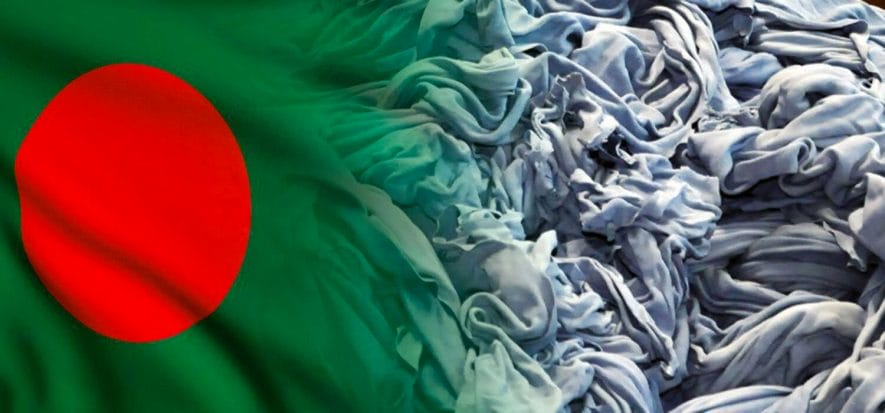Bangladesh opts to free wet blue exports. The upcoming celebration of Eid-ul-Adha has led the Asian country to allow, for the first time, the export of semi-finished leather. Yet, only 5 companies will have the authorization to sell, for only 1 year, a limited amount of leather abroad. The segment’s entrepreneurs fear that the decision will not help the sector but rather harm it.
Bangladesh opts to free wet blue exports
The local government has given authorization to export wet blue hides for the first time in history, but only the following entities will be able to do so: ASK Investment, Kader Leather Complex Ltd, Amin Tannery Ltd, Leather Industries of Bangladesh Ltd and Kalam Brothers. They will though be forced to follow very strict rules: they won’t be able to export more than 2 million square-feet of leather, and they only have 1 year. As reported by newagebd.net, the leather will be able to travel to the EU, Russia, China, Hong Kong, Vietnam and Japan until June 30, 2022.
The objective
The decision, says Dahka’s government, was taken to stop the drastic price decrease that raw hides have suffered in 2020. But, as explained by Sha Md Abu Raihan Alberuni (Bangladesh Trade and Tariff Commission) to dhakatribune.com, there is more. For example: “The purpose of this temporary decision, which has been taken for only one year, is to try to break the evil syndicates in the leather sector”. The segment’s operators though, have voiced their concerns.
Eid-ul-Adha
The government opted for this decision just as Eid-ul-Adha is about to begin. That’s why tanners believe that sourcing of raw hides will become difficult. “50% of wet blue leather generally ends up in the national footwear industry. If the export trend should drastically increase, we will need to once again import leather from abroad”, says Shawkat Ullah, General Secretary of BTA (Bangladesh Tanners Association). That being said, due to economic difficulties, nobody has been able to purchase thousands of hides that ended up rotting in the street, or in the best cases, sent to the landfill. An enormous waste that only the tanning segment can avoid.
Read also:











